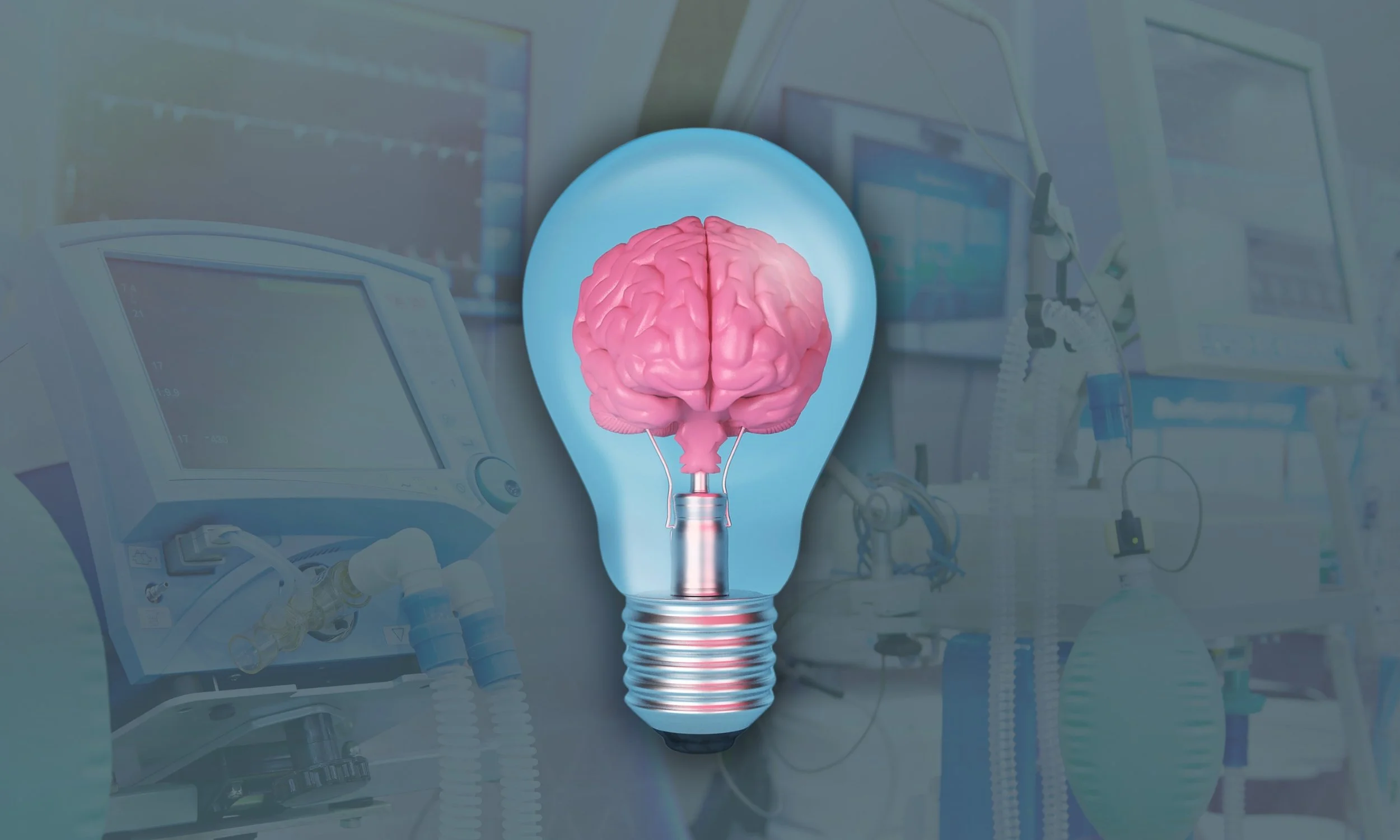In this blog we are going to explore the current research comparing intranasal esketamine -- commercially known as Spravato -- and generic ketamine intravenous (IV) infusions to treat treatment resistant depression.
When reviewing scientific studies, we need to look at how big the study is. You also need to consider whether it is applicable to the patient population being served (or relevant to the readers of our blog in hopes of getting better).
To effectively compare the two, the best method is by conducting a head-to-head, double-blinded, randomized control study. But unfortunately, this type of research hasn’t been done yet. Fortunately, there are multiple studies comparing them individually, which still can give us valuable insight.
There isn’t a doubt that both intranasal esketamine and IV generic ketamine are effective in treating depression. But what does research say about which one is the better option?
Is there enough research to support which form of ketamine is the best?
So far there has only been a meta-analysis that compares IV generic ketamine to intranasal esketamine. But even if this isn’t a double-blinded, randomized control study, the data is still quite compelling.
There was a study conducted by a group of researchers who wanted to look at which one was more effective. They published an article recently doing something called a meta-analysis, which is where the researchers pulled together lots of data from different studies to come up with a conclusion. The scientists scoured the articles and found 24 scientific studies that met their criteria. These 24 trials represented 1,877 participants.
Overall they found that intravenous racemic ketamine was much more effective than intranasal esketamine. It had a longer pronounced effect for the patients in their depression, and also experienced lower drop-outs due to adverse events.
Another study through meta-analysis, screened 21 studies. They found that the effect-size (with respect to depression symptom reduction for each formulation and route of delivery) was greatest for IV ketamine at 2–6 days while for intranasal esketamine was greatest at 24 h.
Intravenous racemic ketamine is found to be much more effective than intranasal esketamine (Spravato). So why should anyone go for Spravato?
Why Try Spravato?
Spravato is covered by insurance. Since it is covered by insurance, this form of ketamine may be more available to those who do not have the funds to personally pay for ketamine infusions, i.e. increase access to ketamine therapy. Even though preliminary studies show that IV racemic ketamine is more effective than intranasal esketamine, Coreia-Melo showed that when esketamine was given intravenously, it was not non-inferior to the racemic ketamine.
Bottomline, if you are facing treatment resistant depression, cannot afford ketamine infusions, and have Spravato covered by insurance, then it may be worth trying Spravato.
Research supports that both Spravato and ketamine infusions are effective in treating depression. Which one should you get?
Conclusion: What form of ketamine should you get to treat depression?
In an ideal world, we would advocate that you try intravenous ketamine for your treatment as these early studies are indicating it is superior to intranasal esketamine. However, treating your treatment resistant depression is paramount. If you are at the end of your rope and have tried other treatments such as electroconvulsive therapy (ECT) or Transcranial magnetic stimulation (TMS), and now are looking to explore ketamine as an option but are unable to afford infusions BUT your insurance covers Spravato, we say go for it!
REFERENCES:
Bahji, A, et al. “Comparative efficacy of racemic ketamine and esketamine for depression: A systematic review and meta-analysis.” Science Direct. 1 Jan 2021
Correia-Melo, Fernanda, et al. “Efficacy and safety of adjunctive therapy using esketamine or racemic ketamine for adult treatment-resistant depression: A randomized, double-blind, non-inferiority study.” National Library of Medicine. 14 Nov 2019
McIntyre, Roger, et al. “The effect of intravenous, intranasal, and oral ketamine in mood disorders: A meta-analysis.” Science Direct. 2020 Nov 1















